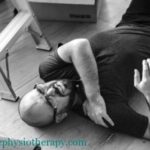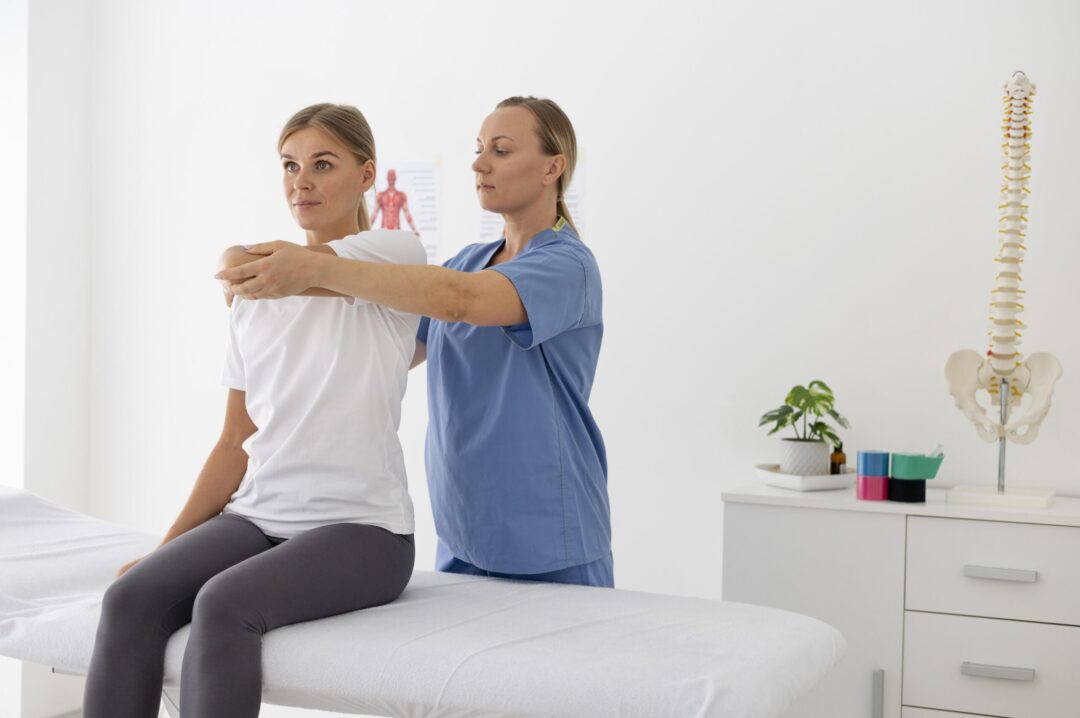Knee arthroscopy
What is Knee Arthroscopy?
Arthroscopy surgery is a minimally invasive operation to repair a damaged joint. The surgeon examines the joint with an arthroscope (joint camera) while making repairs through a small incision.
knee arthroscopy can be done to investigate or repair knee joint-related problems such as meniscus tears, some ligament (ACL/ PCL) repairs, and joint injuries debridement (e.g. mild arthritis). Compared to open surgeries, arthroscopy has a faster recovery time.
Initially, post arthroscopy there may be some swelling and pain in the knee for a couple of days. The patient may be on an anti-inflammatory drug to help alleviate these symptoms.
Application of Ice packs for 10- 15 minutes every 3-4 hours to relieve pain and swelling can be done at home. If possible, keep the foot and knee above the heart level on two pillows to allow gravity-assisted drainage of swelling.
Depending on the structure operated in knee arthroscopy patients, the weight-bearing pattern varies. It is important to avoid aggravating knee movements or excessive weight-bearing activities during the initial healing phase. The physiotherapist will guide the patient appropriately on this. Follow the physiotherapist’s advice about driving. One shouldn’t drive until they are confident about driving without discomfort. This usually takes about 4-6 weeks post-operation.
The recovery time again will depend on what structure/ tissue has been operated on. Usually one should be able to resume usual activities after 6-8 weeks depending on the severity of the knee problems and level of fitness of the patient.
Post-Arthroscopy Physiotherapy
After undergoing knee arthroscopy, it is important to begin the exercises to strengthen the knee immediately and to restore full range of motion.
Initial non-weight bearing exercises are done and gradually progressed to weight-bearing exercises as the operated tissue matures.
A feeling of gentle stretch while performing the beginner exercises is normal, but one should not experience any pain. Any activity that causes significant discomfort should be stopped immediately.
Ice should be applied several times in a day and leg should be kept elevated to relieve any swelling.
The physiotherapist’s aim is to safely achieve the best possible functioning of the knee and entire leg in the shortest time possible. For any query related to post arthroscopic physiotherapy get in touch with us.
Goals of Physiotherapy Treatment post knee Arthroscopy
The general aims of post-operative physiotherapy include the following:
- Manage pain and swelling.
- Regain a complete knee range of motion.
- Progress from non-weight bear to full-weight bear.
- Regain muscle strength around the knee joint.
- Regain normal walking pattern (gait).
- Regain complete lower limb strength.
- Improve proprioception, balance, and coordination for daily activities.
- Achieve the maximum possible level of functionality.











